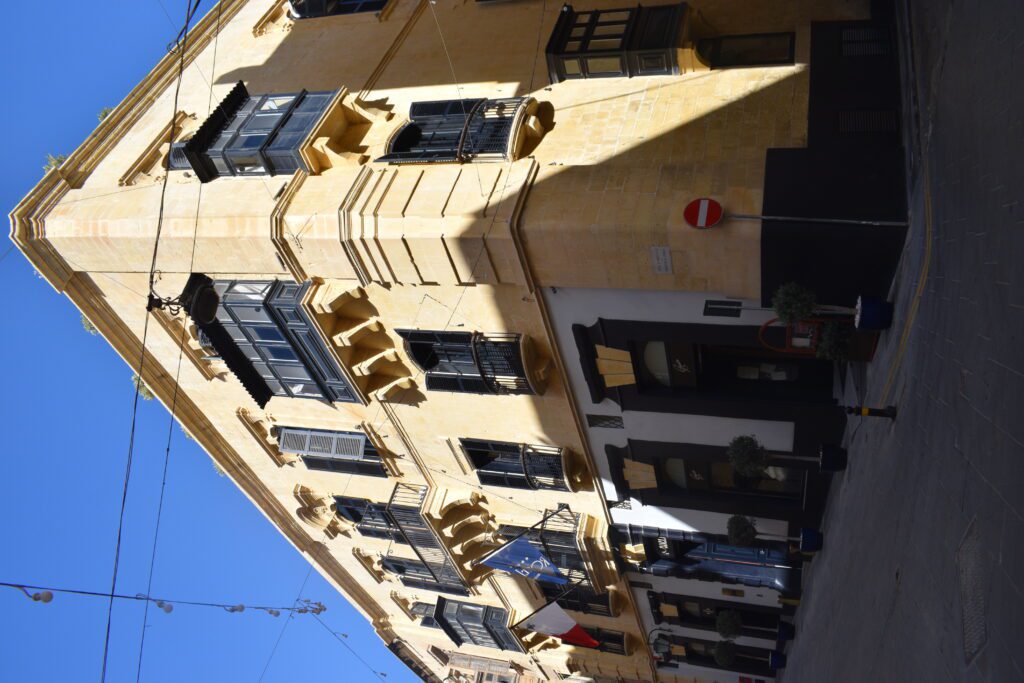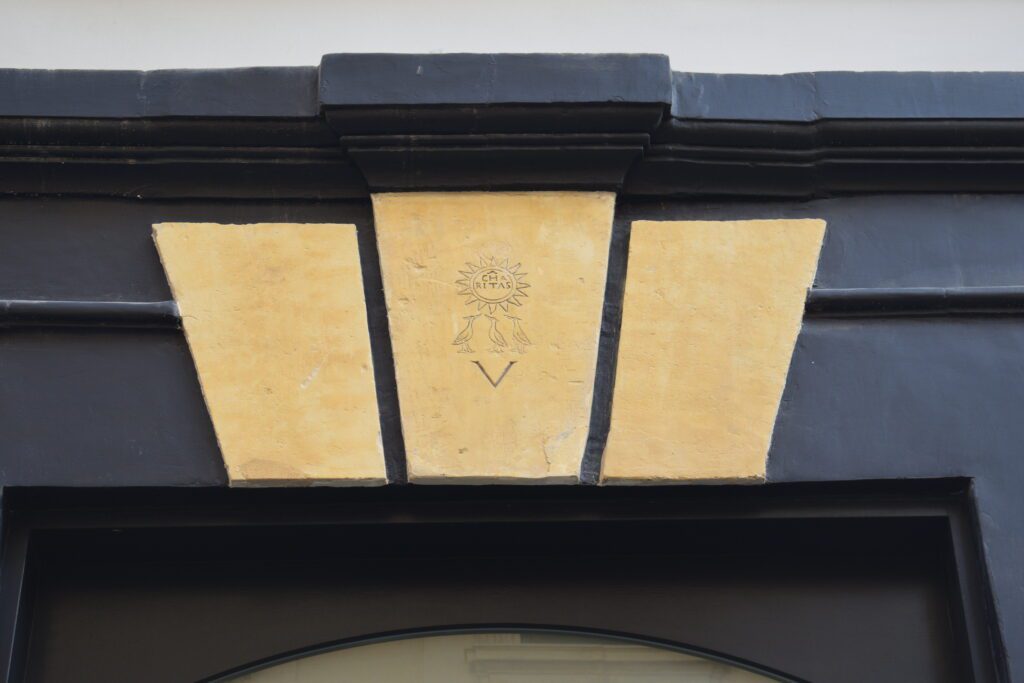Sintesi
Palazzo Rosselli Massa is an example of a house owned by affluent families in 17th century Valletta. The palace is located opposite the Jesuit College at the lower part of Merchants Street.This palace strikes the attention of many passers-by especially for its distinct architecture of the Knights period. Palazzo Rosselli Massa, or as historically known Casa Rosselli Massa, originates in the first decades of the 1600s. It belonged to Pietro Rosselli and Aloysia Massa, one of the most influential and wealthy families during the 17th century.Born in 1607 to mastro Andronico and Ginevra Rammozzetta, Pietro married Aloysia Massa in 1634. Aloysia, who was the daughter of the master mint Antonio Massa and Speranza Prevost, was born in 1613. Pietro was a well-renowned merchant and goldsmith, a contemporary of the Fontainbleu School. His main activities were mercantilism through the well-established trade routes of the mid-17th century in Europe, Maghreb and the Levant. The Rosselli-Massa were a very active family in politics and society granting both Pietro and Aloysia an influential position. Under the rule of Grand Master Lascaris (1636-57) and De Redin (1657-60), Pietro Rosselli was appointed Jurat of the Valletta Università for the years 1649-59. Pietro’s close relation to the Order is also noted from the honour the Order bestowed to Pietro when making him a Donat, which was a distinguishing award given to few persons.The Rosselli-Massa donations are well-known through many artistic works. At the Jesuit Church, the Rosselli-Massa acquired in ius patronatus the Chapel of St Peter in Vincoli. The Rosselli Massa chapel was one of several other chapels at the Jesuits Church acquired by various elite families including the Xara, Bonici, Ducos, Sagnani, Dorell, di Lucia, Sueyda, and Abela and Testaferrata. At the Jesuit Church, the Rosselli-Massa took care to sumptuously adorn the St Peter in Vincoli chapel, which religious space they further enriched in 1662-3 by commissions of Mattia Preti, including The Liberation of St Peter at the altarpiece, and The Martyrdom of St Peter and SS Peter and Paul led to Martyrdom to decorate the lunettes. The chapel altar bears the family’s coat-of-arms. Their commission to Preti emphasise their standing as part of the upper class. The Rosselli-Massa family gave special attention to this chapel that in her will Aloysia commended that the feast of St Peter in Vincoli was celebrated with due solemnity in this chapel.Besides the St Peter in Vincoli chapel at the Jesuits church, the Rosselli Massa funded the embellishment of the Oratory of the Goldsmiths of the Confraternity of Our Lady of Charity at St Paul Shipwrecked Church. This confraternity was founded by the Rosselli Massa. Pietro’s and Aloysia’s portraits are found at this oratory. In his portrait, Pietro wears the mezza croce as Donat of the Order. Pietro died in 1676 and his wife a few years later in 1682. They were buried in the Chapel of St Peter at the Jesuit Church. Their tombstone carries the family’s coat-of-arms.
Designed in styles that bear elements of Renaissance and Baroque traits, the façade of Palazzo Rosselli Massa beautifies this part of Merchants Street. Its façade is symmetrical with a large central doorway and two ‘botteghe’ entrances on each end, often used as shops. Being situated at a corner, the building is adorned by a simple pilaster, although unlike the opposite corner of the Jesuit College no statues adorned the palace’s corner.On the door heads, one can notice the Rosselli Massa initials P.R. and A.M. The open balcony of the piano nobile positioned on the central doorway dominates the street and provides the ultimate symmetrical proportions to the façade. On the balcony is a roundel bearing the heron, the symbol of the Rosselli family, and the initials of both Pietro and Aloysia.Palazzo Rosselli Massa was built on a plan typical to that of other palatial residences with a large courtyard at its centre. The main door and the courtyard were set on the same axis so that one can view the internal open space from outside the street. Before reaching the courtyard, the atrium led to two grand staircases situated on each side giving access to the upper floors of the palace. On these staircases wide windows opened onto the courtyard providing light to the rest of the building. The palace today comprises three floors with the piano nobile at the highest level, although a receded new floor was recently constructed. The palace was recently refurbished as a boutique hotel.
The building underwent an extensive restoration and refurbishment project to adapt it to its new use as a boutique hotel, which was inaugurated in 2019.
- Ciarlo, John, The Hidden Gem: St Paul’s Shipwreck Collegiate Church, Valletta, Malta, 1994, 67-8.
- Denaro, V.F. ‘Houses in Merchants Street Valletta’, Melita Historica, 2, 3, 1958, 158-171.
- Depasquale, Andrea, Mattia Preti and the Rosselli-Massa Chapel at the Jesuit Church in Valletta, unpublished dissertation History of Art, University of Malta, 2018.
- Galea, Michael, The Jesuit Church in Valletta, Malta 2004.


